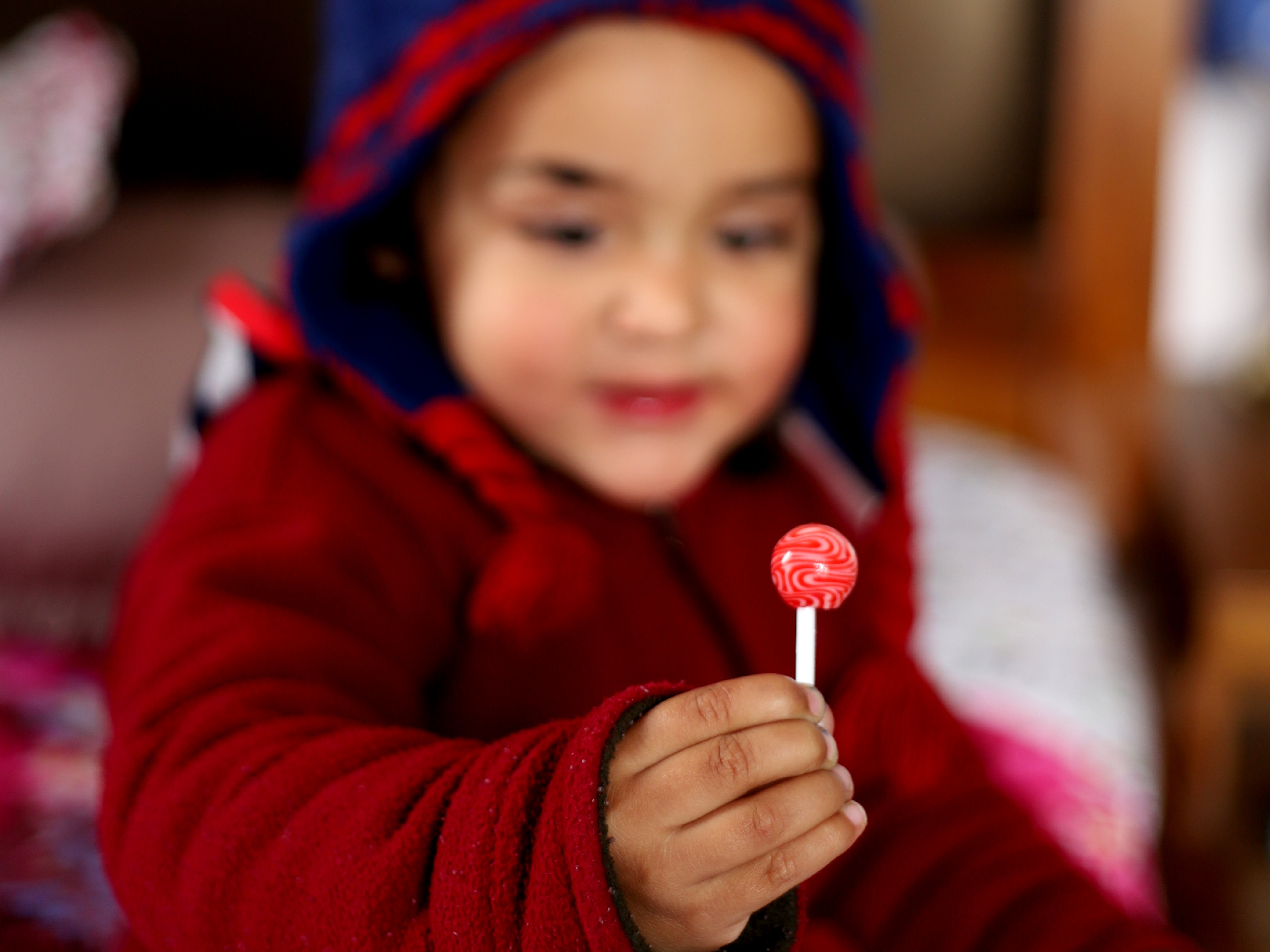
Risks of indoor tanning
Every day in the United States, more than one million people use tanning beds. Most of these people are young women. Over half of college students and 17 percent of teens have used a tanning bed.
INDOOR TANNING IS DANGEROUS
The tanning industry says that tanning can be good for you, but this isn’t true. Tanning is dangerous in the short term and long term. The damaging ultraviolet (UV) rays from indoor tanning beds are similar to the sun. Some tanning beds have UV light that is stronger than the sun. Many tanning salons let customers set the controls on the tanning beds or go in without goggles. This causes even more damage to the skin and eyes.
Right away, tanning can cause redness, sunburn, dry skin and itching. Tanning can also cause nausea and trigger reactions to medicines, including many medicines used to treat acne.
Tanning causes premature skin aging like brown spots and wrinkles. Tanning can also hurt your eyes. It can cause cataracts, eye melanoma and other problems.
Finally, medical research has proven that indoor tanning increases the risk of all types of skin cancer including melanoma, the deadliest form. Often the skin cancer does not develop until many years after exposure. However, some tanning bed users have gotten skin cancer as teens and young adults.
HEALTH RISKS OF TANNING
IMMEDIATE REACTIONS:
- Red, burned, dry or itchy skin
- Nausea
- Reactions to medications
PREMATURE AGING:
- Wrinkles
- Brown spots
- Thick leathery skin
- Less elastic skin
SKIN CANCER:
- Melanoma
- Basal cell cancer
- Squamous cell cancer
- Actinic keratosis (pre-cancer)
EYE PROBLEMS:
- Eye melanoma
- Cataracts
QUESTIONS ABOUT INDOOR TANNING
Is there a problem with tanning just for special occasions?
Yes. Every time you tan, you are hurting your skin and increasing the chance that you will get skin cancer. People who have tanned indoors before age 35 are more likely to get melanoma than people who have never used indoor tanning. The risk of melanoma goes up with each use.
What about a base tan? I only use a tanning bed before vacation so I can get a base tan to protect my skin.
There is no such thing as a “base tan” that protects you from UV rays. Every time you tan, you damage your skin. When you go to a tanning bed before vacation, you damage your skin in the tanning bed. Then, what hurts you even more is that you feel safer in the sun and do not protect your skin.
Is there a safe way to tan?
There is no safe way to tan. A tan damages the skin and can cause skin cancer and aging of the skin.
Are fake tan creams and sprays safe?
There are many “sunless tanning” creams and sprays that safely give the skin a tanned appearance. Remember that these sprays and creams do not protect your skin from UV damage and sunburn. You still need to wear sunscreen.
Can tanning raise Vitamin D levels?
UV rays do help your body make Vitamin D. Because we know that UV rays cause skin cancer, it is safer to get your Vitamin D from a healthy diet and Vitamin D supplements. The American Academy of Pediatrics (AAP) recommends that children and adolescents take Vitamin D supplements every day if they do not get enough Vitamin D in their diet (usually in fortified milk).
Can indoor tanning be used as a treatment for Seasonal Affective Disorder (“SAD”) or the “winter blues”?
No. Special lights are sold for this purpose that use safe light rays and not damaging UV rays. Tanning beds use UV rays, so they should not be used to treat Seasonal Affective Disorder.
How are some states protecting teens from the harms of indoor tanning?
Tanning is damaging for everyone. Because the harmful effects add up over time, the younger you start tanning, the higher chance you will have of developing skin cancer. Tanning is even riskier for children and teens. Until indoor tanning is completely banned, we can protect teens by banning tanning for minors. More and more states have banned tanning for minors and teens.
Most states that don’t prohibit tanning for minors require parental consent for minors who tan. Unfortunately, these rules are not always enforced. The Food and Drug Administration (FDA) does require indoor tanning beds to be clearly labeled that they should not be used by people under age 18.
What do experts say about tanning beds?
Major health organizations have stated that indoor tanning causes cancer. This puts indoor tanning in the same category as cigarettes. The FDA and AAP recommend banning tanning for children under 18. The World Health Organization and the American Academy of Dermatology support a total ban on indoor tanning.
© 2018 The Society for Pediatric Dermatology